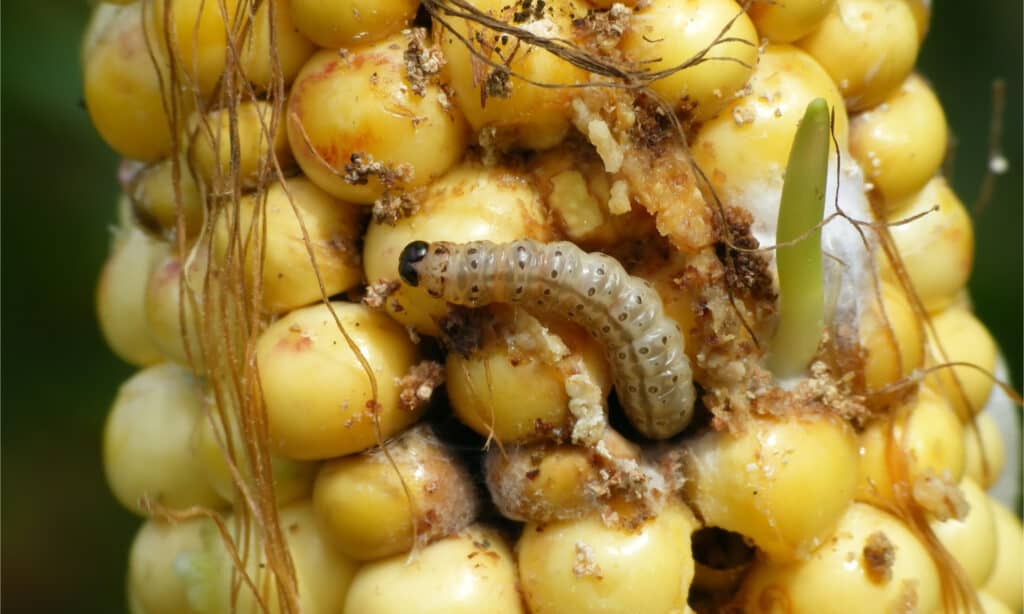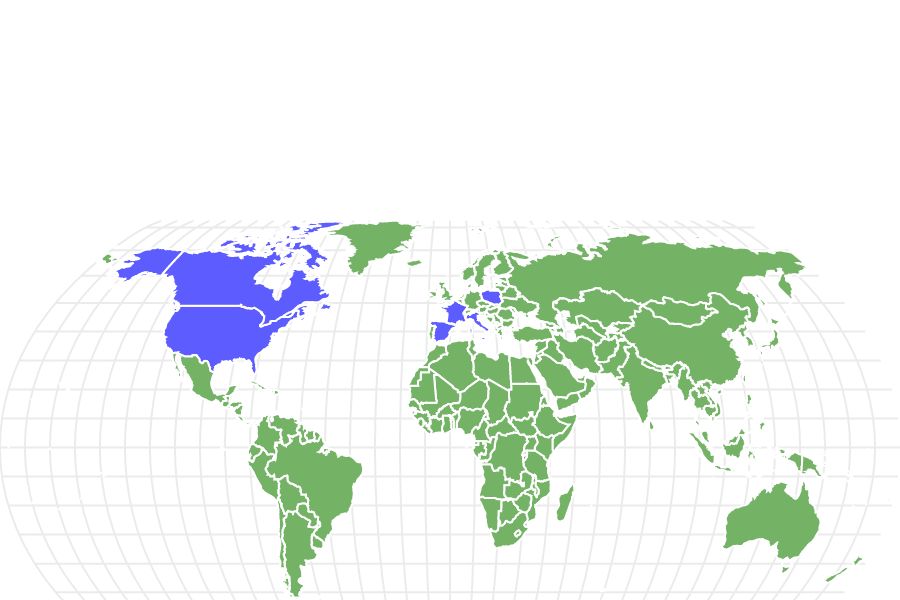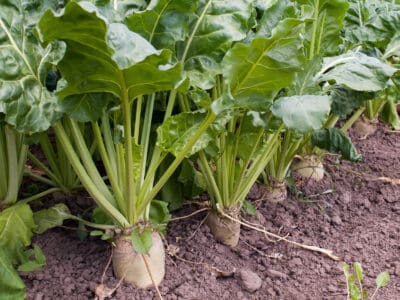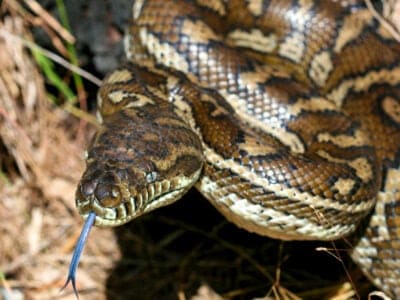European Corn Borer
.jumbotron {
background-image: url(“https://a-z-animals.com/media/2022/05/European-Corn-Borer-400×300.jpg”);
}
}
@media only screen and (min-width: 641px) and (max-width: 920px) {
.jumbotron {
background-image: url(“https://a-z-animals.com/media/2022/05/European-Corn-Borer-470×370.jpg”);
}
}
@media only screen and (min-width: 921px) {
.jumbotron {
background-image: url(“https://a-z-animals.com/media/2022/05/European-Corn-Borer.jpg”);
}
}
European Corn Borer
Ostrinia Nubilalis
Female can lay up to 600 eggs in her 14-day lifespan
European Corn Borer Facts
- Prey
- Crop plants
- Name Of Young
- caterpillar
- Group Behavior
-
- Solitary
- Fun Fact
- Female can lay up to 600 eggs in her 14-day lifespan
- Biggest Threat
- Humans
- Most Distinctive Feature
- Irregular patterns on wings
- Gestation Period
- 3-7 days
- Wingspan
- 2.2-3.2 in
- Litter Size
- 20-50
- Habitat
- 0.75-1 in
- Diet
- Herbivore
- Lifestyle
-
- Nocturnal
- Favorite Food
- corn crop
- Type
- insect
- Common Name
- European Corn Borer
European Corn Borer Physical Characteristics
- Color
-
- Brown
- Yellow
- Skin Type
- Exoskeleton
- Lifespan
- 70-85 days
- Height
- .98 in
- Length
- 1-1.2 in
- Age of Sexual Maturity
- 3.5 days
- Venomous
- No
- Aggression
- Low
This post may contain affiliate links to our partners like Chewy, Amazon, and others. Purchasing through these helps us further the A-Z Animals mission to educate about the world’s species..

Spiders that fly! Fish that walk! And 1000+ more incredible animals. Discover them all for FREE
.photo-gallery {
–margin: 0px auto 0px;
–padding: 0px 0px 0px 0px;
}
.gallery-link {
background-image: url(“https://a-z-animals.com/media/2022/05/European-Corn-Borer-1024×614.jpg”);
background-repeat: no-repeat;
background-size: cover;
background-position: center;
height: 500px;
justify-content: center;
text-align: center;
align-items: center;
display: flex;
border: 2px solid #000;
}
.gallery-link img {
height: 50%;
}
@media only screen and (max-width: 768px) {
.gallery-link {
height: 300px !important;
}
}
View all of the European Corn Borer images!
The European Corn Borer is a moth and pest of many crops, mainly corn.
Originating in Europe, it was introduced to the United States and has now spread to Canada as well. As a caterpillar, it spends the winter inside the stems of plants eating its way through the plant and damaging the crops. After metamorphosis, the moth emerges and spends the rest of its life feeding and mating. Weather plays a large part in the life cycle of the borer, as it will remain in its pupal stage if it’s too cold and continue to damage crops. Since there are many generations of borers, they will cause damage to crops throughout the year.
European Corn Borer Species, Types, and Scientific Name
The corn borer comes from the family Crambidae which includes other grass moths.
The family has about 15 subfamilies with around 10,347 species.
These types of moths have always had close contact with humans and therefore, cause much damage to crops in the areas they live in. Generally this the caterpillar of these species are stem borers, meaning they live out their pupal stage in grass or plant stems and eat their way through them, causing massive damage.
Originally coming from southern Europe, the corn borer was introduced to the Americas and quickly spread throughout the western United States, to the Rocky Mountains, and into Canada!
Appearance: How To Identify European Corn Borer
The European corn borer can be identified by its light yellowish-brown color and dark, irregular, wavy bands across the wings. An adult corn borer is about 0.98 in long with a 1.0–1.2 in wingspan. The adult males are slightly darker and smaller.
As a caterpillar, besides the obvious sign that it will be eating through crops, you can identify it by its light brown to pinkish-gray color and it will have small, round, brown spots along its body.
Most of the time farmers are not able to see these larvae or moths. Instead, they will notice their crops have begun to be destroyed. Be on the lookout for small “tunnels” that have been bored into the stalks, leaves, or ears of corn plants.

Tomasz Klejdysz/Shutterstock.com
Habitat: Where To Find The Corn Borer
The corn borer is native to Europe, originally it fed on different types of millet plants. The first time it was spotted in the United States was in 1917, but it was probably introduced many years prior. Since that time it has spread throughout the western United States. They have quickly spread along the Rocky Mountains and into Canada.
Typically these moths will feed on corn, but in months when corn is not growing they will attack other crops such as soybeans, millet, oats, hops, and many more. They will typically be found in areas that are grassy or around crop fields.
Diet: What Do Corn Borers Eat?
The European corn borer will generally eat corn plants as indicated by their names. Since there are many generations of corn borers, they have the chance to eat all the parts of corn plants from young seedlings to full-grown corn plants. The first generation of corn borers feeds on the leaves and stalks of corn plants. After this, the second generation feeds on the ear of corn, the leaves, and the ears. If a third generation is produced, it will feed on the ear, the leaf sheath, and the ear shank.
When there is not an abundance of corn, or near the end of the season, the corn borer will nest and feed on peppers, potatoes, peas, and lima beans. On rare occasions, they will also infest other plants such as flowers, grains, or soybeans.
What Eats Corn Borers?
Corn borers actually have quite a few natural predators. Some of these include other insects such as wasps, ladybird beetles, lacewings, and more. In addition to this, many species of birds and bats love corn borers as snacks.
In recent years some parasitoids have been introduced to help reduce these pests. A parasitoid is an organism, in this case, insects, that use the corn borer larvae as a host for their young. They lay their eggs inside the larvae and when they hatch they eat the larvae as a food source. While these are normally insects, some species of fungi have been used as well.
Prevention: How To Get Rid Of Corn Borers
Corn borers are pests of many plants, but mainly the corn plant. They eat holes into the stalk and leaves of the plants, which makes it harder for the plants to use photosynthesis, thereby, slowing their growth. In addition to eating the stalks, these pests also eat parts of the corn, causing the ears to fall off and reducing the amount of crop yield.
In order to prevent corn borers, many different measures have been taken by farmers around the world. Farmers have begun to introduce parasitic wasps the parasitic fungus Beauveria bassiana which is found in soil, to help control the problem. They have also begun to use a genetically modified version of corn that contains an insecticidal gene that kills moth larvae.
Aside from these biological control factors, there are also ways to help stop corn borers and other moth species. Insecticides can be used, but the problem with this is that they can have a harmful effect on plants and other species. Moth traps can also be used, these include blacklight traps and pheromone traps. The pheromone traps use a synthetic pheromone, but they only attract male species. Blacklight traps on the other hand tend to be more effective. They have a UV light that attracts many species of insects including moths and traps them inside the body of the trap with sticky glue.
Corn Borer Life Cycle
Like most moths, the corn borer has 4 stages of development. This includes egg, larva, pupa, and finally an adult. The corn borer has 5 instars or developmental stages. In this case, when it is in its larva stage it is referred to as a borer. As an adult, it is referred to simply as a moth.
The adult female moths begin releasing their pheromones after about 3 days. The males pick up on this and begin to search for the females in order to mate. A single female can mate with multiple males. This is important for females since the male’s sperm contains nutrients for the female. After this, the female will lay her eggs 2 times per night for up to 14 nights. She will start laying them in clusters of about 15 to 20 and will decrease each night this means that per night an adult can lay around 50 eggs. In the right conditions, these eggs will hatch within 3-7 days. The first brood of eggs will be laid in June.
The eggs will hatch within 3-7 days after being laid. If a feeding site isn’t established right away the caterpillar will die. If it does it will continue to feed and destroy plant leaves and stalks for up to 50 days.
After this larval stage then the pupal stage will happen. This is shorter when conditions are favorable and longer if not, but on average they will be in their cocoon for about 12 days. Finally, after this time, the adult emerges from its cocoon and the cycle begins all over again. The corn borers are generational and if in warm conditions can stay present throughout the year.
View all 68 animals that start with E
European Corn Borer FAQs (Frequently Asked Questions)
How do you get rid of European corn borers?
Identify if you have larvae in your crops, if so cut off the leaves where they are present. Alternatively, use biological control or moth traps.
What does a European corn borer do?
These pests bore holes into plant stalks and leaves, damaging them and causing them to die or produce less crop yields.
How did the European corn borer get to the U.S.?
It appears to have been introduced into the United States on broom corn imported from Hungary and Italy.
Sources
- Wikipedia, Available here: https://en.wikipedia.org/wiki/European_corn_borer
- Purdue University, Available here: https://extension.entm.purdue.edu/fieldcropsipm/insects/euro-cornborer.php
- Universit of Florida, Available here: https://entnemdept.ufl.edu/creatures/field/e_corn_borer.htm
- Science Direct, Available here: https://www.sciencedirect.com/topics/agricultural-and-biological-sciences/european-corn-borer
- Ephytia, Available here: http://ephytia.inra.fr/en/C/20966/Potato-Ostrina-nubilalis-European-corn-borer

















